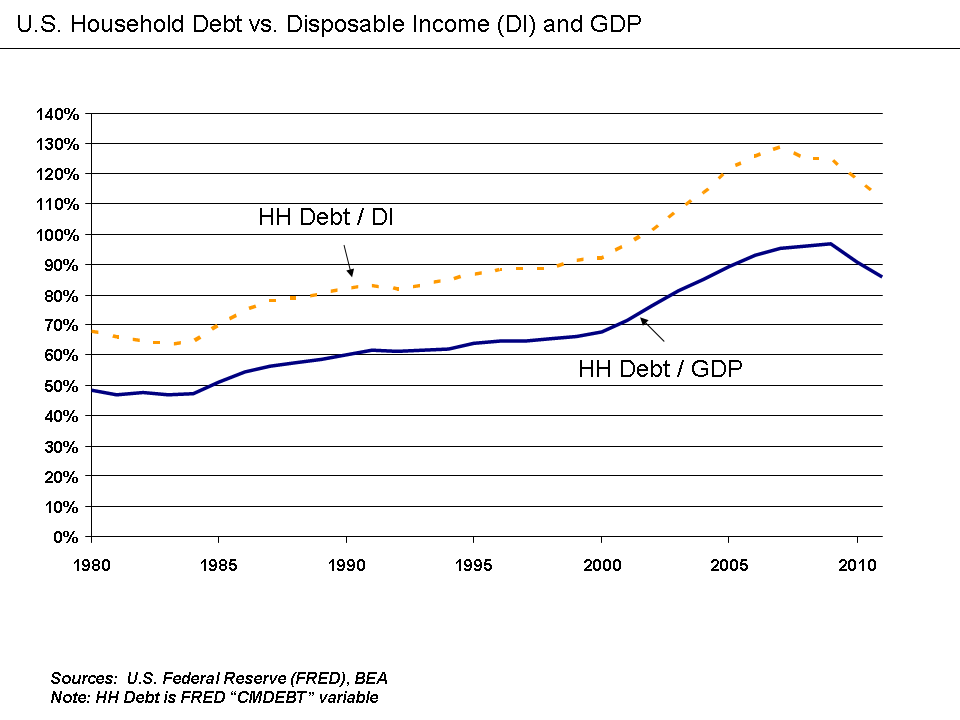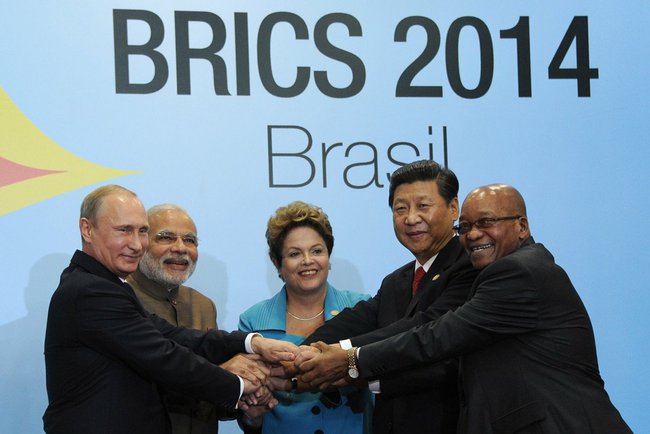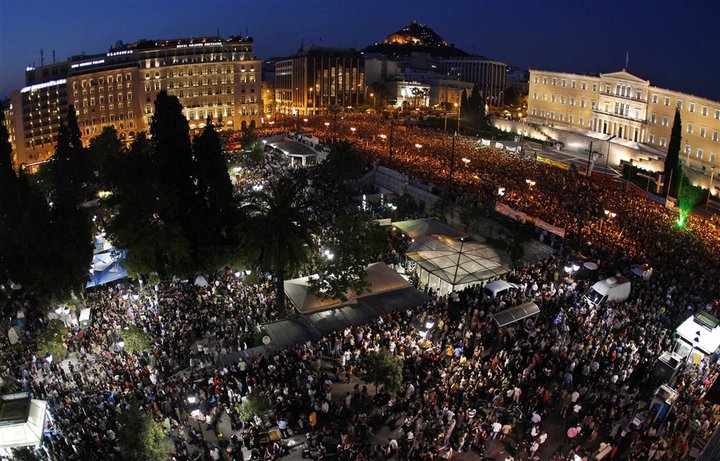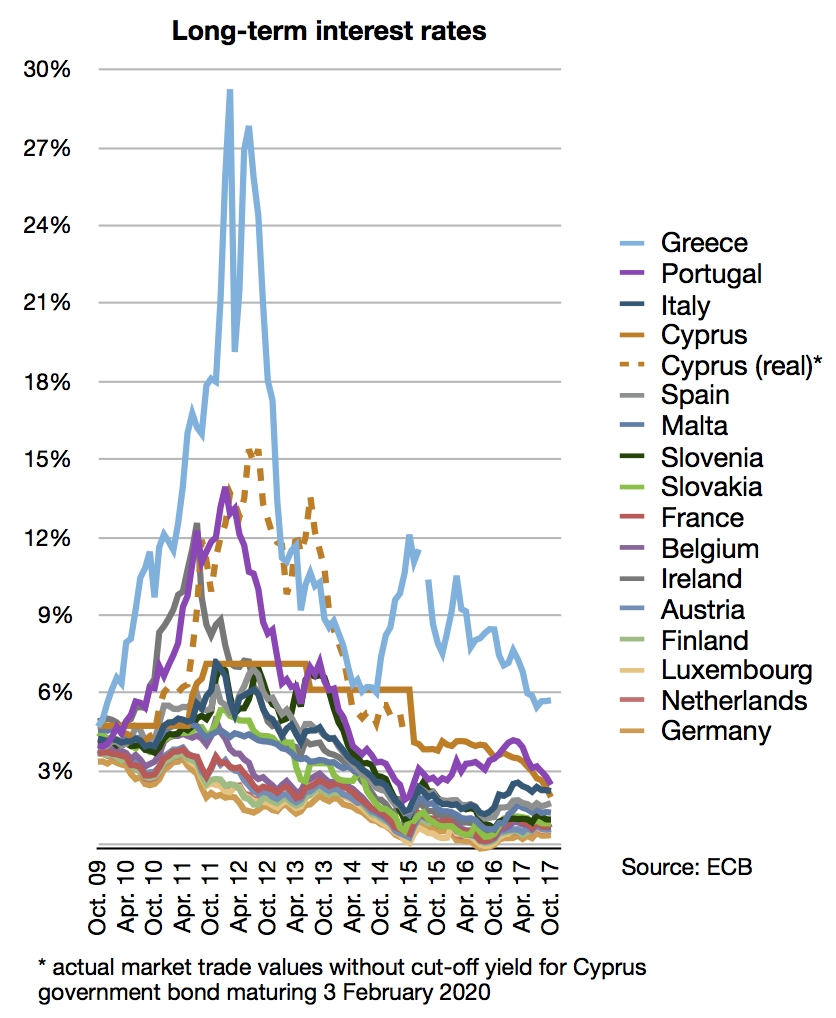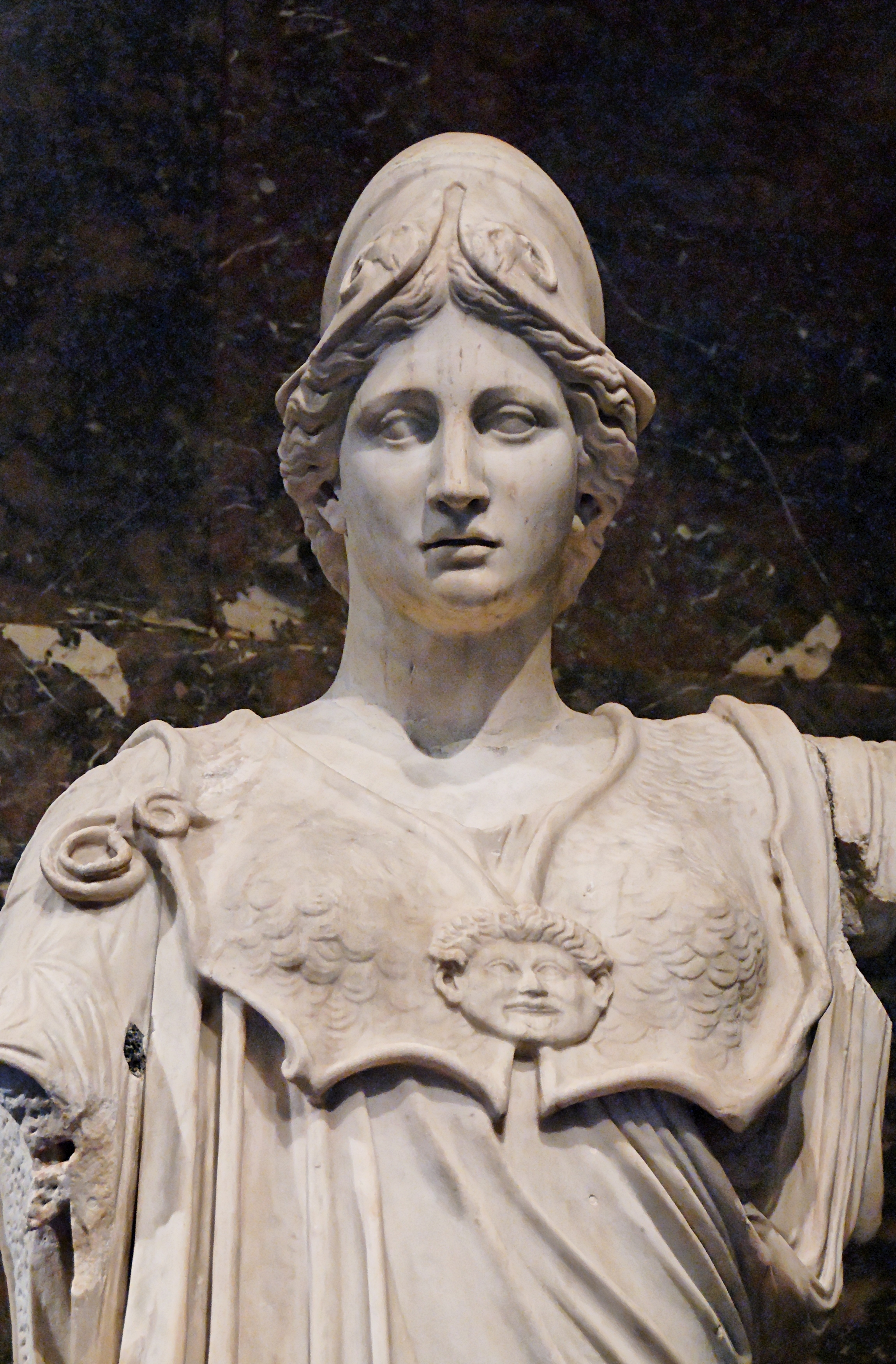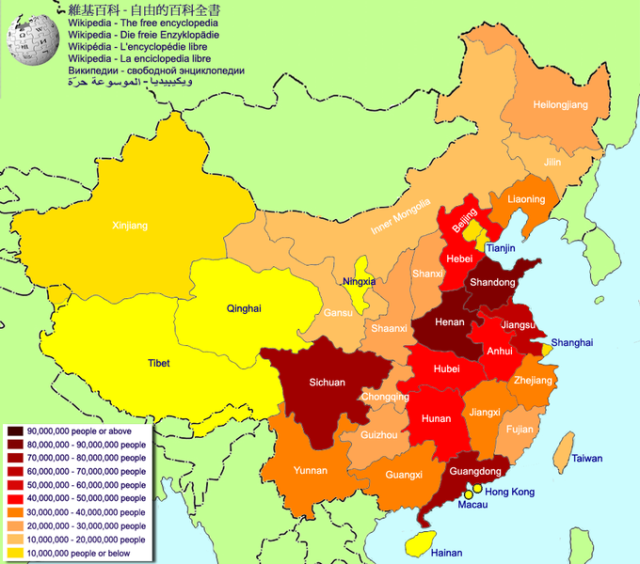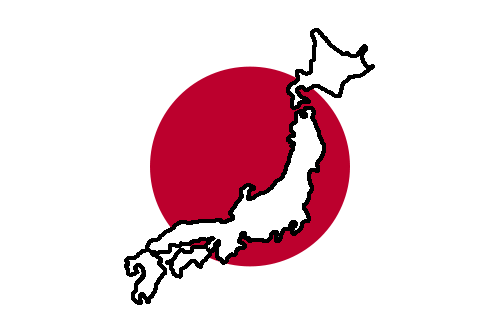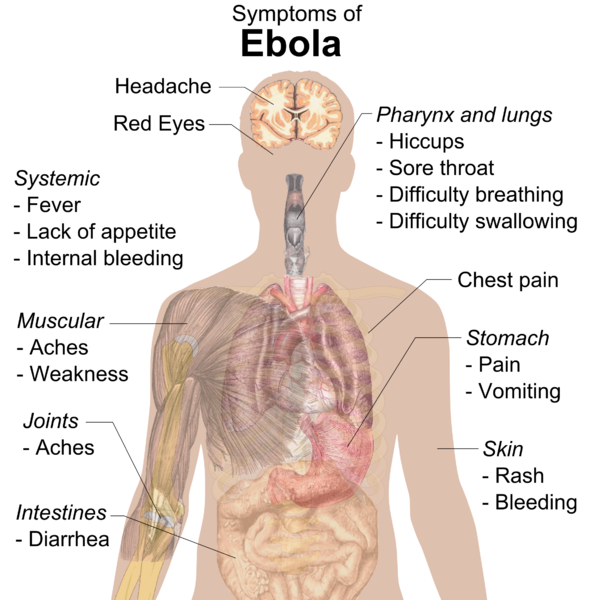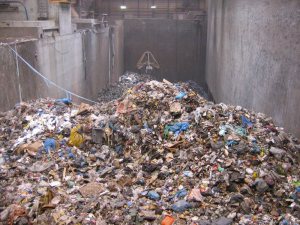2008-2011 was a groundbreaking time for many of Earth’s nations. Let’s see what happened in…
The World

This map of Earth created using NASA textures and Blender software by Tesseract2. Licensed under Creative Commons 3.0 Share and Share Alike.
United States

This official portrait of President Obama created by the The Obama-Biden Transition Project. Licensed under Creative Commons 3.0 Attribution.
20.4% of world’s PPP in 2008
GDP of 13.2 trillion in 2008, grown to 13.3 trillion in 2011
Unemployment rate: 5.8% in 2008, grown to 9.09% in 2011
Population: 305 million in 2008, grown to 313 million in 2011
In 2008, the United States of America, a nation of immigrants, elects its first non-white president. Barack Hussein Obama, son of a woman from Kansas and a man from Kenya, meets the Constitutional requirement that a U.S. President must have been born on American soil. He was born in Hawaii, the last state added to the U.S., and the only one not populated primarily by people of European descent. About 41% of Hawaiians are purely of Asian descent; 24% are white, and 21% are of mixed race.
By the end of his first term, Obama would variously face praise for the U.S.’s rising GDP and healthcare reforms which expanded health insurance to millions of Americans who did not have it previously; and criticism for unemployment and national debt which continued its rise begun during the Bush era, and his questionable security policies surrounding the 2011 Occupy Wall Street protests.
The U.S. was the birthplace of Occupy Wall Street, where in 2011 tens of thousands of Americans took to the streets to protest the lack of punishment for bankers whose questionable actions cost millions of Americans dearly, and the increasing role played by money in American politics. Although the protests were largely peaceful, Obama and the U.S. Central Intelligence Agency faced criticism for establishing areas in which protest was a punishable offense, and classifying Occupy Wall Street as a potential terrorist organization.

This map of damage from the Sichuan Earthquake was produced by the United States Geological Survey.
China
11.7% of world’s PPP in 2008
GDP of 11.7 trillion in 2008; grown to 15.5 trillion by 2011
Unemployment rate: 4.2% in 2008, shrunk to 4% by 2011.
Population: 1.33 billion in 2008, grown to 1.35 billion in 2011.
In 2008, over 70,000 Chinese citizens were killed by an earthquake in Sichuan province. This earthquake resulted in loss of life equal to 23 9/11 World Trade Center bombings, or 28 Pearl Harbor attacks. Although the Chinese government was initially praised for a quick disaster relief response, criticism arose after it was discovered that shoddily constructed schools were a contributor to the loss of life; over 7,000 goverment-built classrooms collapsed during the quake and were later found to have been inadequately constructed.
President Hu Jintao, first elected in 2002, continued to be praised for China’s rapidly growing economy which included a substantial increase in GDP per capita – a measure of how much each citizen would be paid if the country’s total economic productivity were divided equally among them. China’s already-massive economy grew by a staggering 32.5% from 2008-2011, and unemployment dropped by 0.2%.
In 2011, China, like the United States, would see massive pro-democracy protests. After the beating and arrest of protesters and journalists failed to stop the protests early on, the Chinese government resorted to pre-emptively jailing bloggers and academics who they feared may become part of the protests in the future. The government eventually even banned the sale of jasmine flowers, which were being used by protesters as a symbol of the protest, after the “Jasmine Revolution” in which the Tunisian people had recently ousted their government largely through civil resistance tactics.
Japan
You might expect that a graph pointing upward is good – but this is a graph of Japan’s national debt as a percentage of its GDP. Graph by Alex1011, published under Creative Commons 3.0 Share and Share Alike.
6.21% of world’s PPP in 2008
GDP of 554 billion in 2008, shrunk to 537 billion by 2011
Unemployment rate: 3.99 in 2008, grown to 4.87 in 2011
Population: 128 million in 2008, stayed at 128 million in 2011
In 2008, Japan won re-election to the U.N. Security Council – a hotly contested seat with many world players attempting to join. They defeated Iran by 32 votes, receiving a total of 158 votes for their participation. The United Nations Security Council consists of 15 members, whose duties include approving new U.N. members, establishment of peacekeeping operations, the authorization of military action through U.N. resolution.
From 2007-2012, Japan experienced a string of prime ministers, none of whom stayed in office for more than a year amidst the country’s shrinking GDP and rising unemployment. Shinzo Abe, who resigned as Prime Minister for health reasons in 2007, would finally be re-elected in 2012 and continue to hold the office through 2015.
In 2011, Japan became the focus of global scrutiny, fear, and support, as a tsunami disabled vital systems, resulting in the meltdown of three Japanese nuclear power plants. These meltdowns released radioactive material widely, including into the air and water supplies of several Japanese cities, and into the Pacific Ocean where the potential existed for the results to be felt internationally. The event measured a Level 7 on the International Nuclear Event scale, putting it on par with the Chernobyl meltdown which killed 56 people in the initial event, and caused an estimated 4,000 fatalities from cancer in the years to come.
No fatalities were reported as 300,000 people were evacuated from the area. The Japanese government distributed mineral supplements to citizens in hopes of minimizing the absorption of radioactive material by their bodies, and retired engineers volunteered to conduct repairs in order to spare younger engineers the potential for radiation exposure.
Africa

This photograph of a road sign in Uganda urging community members to cease the practice of female genital mutilation was taken by Amnon Shavit. Licensed under Creative Commons 3.0 Share and Share Alike.
- 2009 – Alarms were raised over the state of Somalia’s environment after it was revealed that, in the absence of an effective government to enforce international law, other nations had been dumping toxic waste into the waters off of Somalia’s coast, further hurting the physical health and financial prospects of the people living there.Since a few years after the collapse of Somalia’s government to civil war in 1992, international activists have attempted to expose the activities of European-based organizations dumping their toxic waste in Somali waters. Toxic waste from Italian, German, and French hospitals and nuclear plants, transported with assistance from Swiss companies, were cited among the top offenders.
Ilaria Alpi, a journalist who had claimed that Somalian powers had allowed the massive inland dumping of European toxic waste in exchange for shipments of weaponry for use in the civil war, was killed by a squad of up to seven attackers while investigating for her report in Somalia in 1994. Although the attackers appeared to be part of an organized ambush, only one man was ever convicted for the murders.
- Kenya became a source of increasing concern for human rights in light of the fact that about 1/4 of the country’s girls are subjected to female genital mutilation.Female genital mutilation is sometimes referred to as “female circumcision,” but is a very different procedure from male circumcision, which involves removing part or all of the female external genitalia, the equivalent to removing most or all of the penis.
Also unlike male circumcision, female genital mutilation cannot be performed in infancy; it only becomes possible when girls are approaching puberty and their bodies have developed sufficiently.
Female genital mutilation is a traditional practice found in parts of Africa, sometimes as part of an adulthood rite. Some families go so far as to threaten to kill or disown daughters who refuse the procedure, believing they will bring shame upon the whole family and render themselves unmarriageable for life if they are discovered in sexual misconduct.
In 2011, 100 girls were rescued by the organization Maendeleo ya Wanawake from preparations for female genital mutilation. The youngest was nine years old.
The Middle East

This map shows Israeli settlements in Palestinian territory. Note the many little black triangles in the green Palestinian territory. This map has been generously released into the public domain by its creator, ChrisO.
- 2008 – Alarms were raised over apparent profiteering by international companies in the disputed territories between Israel and Palestine. Although these swaths of land were granted to Palestine by the original U.S. treaties, a steady trickle of Israeli settlers into the territory has brought with it real estate development, including the existence of a university in territory that legally belongs to Palestine which is recognized by the Israeli government.It wasn’t only Israeli settlers and companies that were found to be profiting from contracts to develop projects which were commissioned, paid for, and occupied by Israelis on Palestinian land; U.S. and other international contractors were also participating in these illegal building operations, and turning a profit in the process.
Palestine has often been criticized due to the existence of persistently violent anti-Israeli elements within its borders; attacks on Israel using everything from hand-thrown rocks to homemade improvised explosive devices have drawn the ire of the international community. However, the Israeli army has killed far more people than the Palestinian terrorists have in the conflict, and Israeli citizens have continued to build houses and schools on land which should be controlled by Palestine according to the U.N. treaty.
Asia

American-based Apple Computers has been troublingly slow to address questions about dangerous working conditions in the factors of its Chinese-based parts suppliers, including, dozens of employees who were hospitalized after exposure to toxic chemicals and dozens who considered or committed suicide in the face of stressful work conditions. Photograph of Apple headquarters by Joe Ravi, licensed under Creative Commons 3.0 Share and Share Alike.
-
In 2008, over 70,000 Chinese citizens were killed by an earthquake in Sichuan province. This earthquake resulted in loss of life equal to 23 9/11 World Trade Center bombings, or 28 Pearl Harbor attacks. Although the Chinese government was initially praised for a quick disaster relief response, criticism arose after it was discovered that shoddily constructed schools were a contributor to the loss of life; over 7,000 government-built classrooms collapsed during the quake and were later found to have been inadequately engineered.
- In 2008, Japan won re-election to the U.N. Security Council – a hotly contested seat with many world players attempting to join. They defeated Iran by 32 votes, receiving a total of 158 votes for their participation. The United Nations Security Council consists of 15 members, whose duties include approving new U.N. members, establishment of peacekeeping operations, the authorization of military action through U.N. resolution.
-
President Hu Jintao, first elected in 2002, continued to be praised for China’s rapidly growing economy which included a substantial increase in GDP per capita – a measure of how much each citizen would be paid if the country’s total economic productivity were divided equally among them. China’s already-massive economy grew by a staggering 32.5% from 2008-2011, and unemployment dropped by 0.2%.
- From 2007-2012, Japan experienced a string of prime ministers, none of whom stayed in office for more than a year amidst the country’s shrinking GDP and rising unemployment. Shinzo Abe, who resigned as Prime Minister for health reasons in 2007, would finally be re-elected in 2012 and continue to hold the office through 2015.
-
In 2011, Japan became the focus of global scrutiny, fear, and support, as a tsunami disabled vital systems, resulting in the meltdown of three Japanese nuclear power plants. These meltdowns released radioactive material widely, including into the air and water supplies of several Japanese cities, and into the Pacific Ocean where the potential existed for the results to be felt internationally. The event measured a Level 7 on the International Nuclear Event scale, putting it on par with the Chernobyl meltdown which killed 56 people in the initial event, and caused an estimated 4,000 fatalities from cancer in the years to come.
No fatalities were reported as 300,000 people were evacuated from the area. The Japanese government distributed mineral supplements to citizens in hopes of minimizing the absorption of radioactive material by their bodies, and retired engineers volunteered to conduct repairs in order to spare younger engineers the potential for radiation exposure.
- From 2008-2011, Chinese factories for several corporations, including U.S.-based Apple, were criticized for working conditions that sounded like war crimes.Among the complaints, one Apple factory was found to have replaced a non-toxic cleaner with a toxic one. 49 workers were hospitalized after being forced to work with the toxic cleaner in un-ventilated areas, while many more were forcibly removed from the factory before their symptoms could become severe enough to require immediate medical attention. Many of these workers told international reporters they’d been paid $12,000-$14,000 to sign wavers stating they would not hold the company accountable for any illness or injury that arose as a result of their working conditions.
Meanwhile another Chinese factory, this one for Taiwanese-based Foxconn, saw 12 workers commit suicide by jumping off the roof of their place of employment over the course of less than six months. These suicides were allegedly due to severe stress and exhaustion from being forced to work illegal overtime hours.
A third factory, also run by Foxconn, was discovered to have a practice of forcing female workers to remove all clothing for search in plain view of other staff members on their way out.
-
In 2011, China, like the United States, would see massive pro-democracy protests. After the beating and arrest of protesters and journalists failed to stop the protests early on, the Chinese government resorted to pre-emptively jailing bloggers and academics who they feared may become part of the protests in the future. The government eventually even banned the sale of jasmine flowers, which were being used by protesters as a symbol of the protest, after the “Jasmine Revolution” in which the Tunisian people had recently ousted their government largely through civil resistance tactics.
Europe
Photograph of the Icelandic Revolution by OddurBen. Licensed under Creative Commons 3.0 Share and Share Alike.
- 2009 – Iceland, oddly, only briefly made global headlines after a mass peaceful protest by its people succeeded in completely dissolving its government, rewriting its constitution, and ridding itself of the effects of debt owed to foreign creditors without shedding a drop of blood.The Icelandic financial crisis was triggered by the default of all three of Iceland’s private banks, after they borrowed massive amounts of money from overseas creditors. The banks defaulted on their loans and collapsed in the worst financial crisis in world history by the measure of the amount of money owed relative to the country’s size.
In response, the Icelandic government nationalized one of the banks and liquidated the others, imposing strict regulations on banking transactions to attempt to minimize such occurrences in the future. The government also made a deal with the International Monetary Fund regarding the repayment of the debts of the Icelandic banks.
Following the 2008 collapse and the government’s attempts to stabilize the situation, thousands of Icelandic citizens (this is no small statement given that the country has a total population of only 323,000; it would be the equivalent of millions showing up in the U.S.) protested outside the nation’s parliament, demanding the resignation of the government which had effectively promised that Icelandic citizens would pay European banks back the money that had been borrowed by their private banks.
The protests ended after the right-wing government resigned, and new elections saw the election of a left-wing government, followed by several popular referendums to determine the will of the Icelandic people regarding the European debt and the creation of a new constitution.
This made Iceland’s revolution arguably the most successful amongst dozens of countries (including the United States, Greece, Spain, Tunisia, Egypt, Jordan, and China) whose citizens undertook large-scale protests to demand greater democracy and/or an end to the influence of private banks over the citizens’ well-being in the years from 2008-2011.
Some years down the line, Iceland has made what some have termed a “miraculous” recovery, boasting a stable and growing financial market; although we’re told that a 60-hour work week is common while Icelandic citizens work to secure their country’s future.
- 2009 – Europe made headlines briefly after banning many American-made products due to concerns over their safety. The products, including cosmetics, fruits, meat, and dairy products, were deemed by European regulatory authorities to contain chemicals which were known to be harmful or which had never been tested for human safety.Chief complaints included the use of diphenylamine (which is harmless on its own, but which can break down over time into cancer-causing chemicals) to preserve American apples during shipping and storage, a ban on beef from cows treated with artificial growth hormones due to concerns that these hormones could be absorbed by consumers, and the wide disparity between FDA and European regulatory authorities in findings over cosmetic safety.
European authorities have banned 1,100 cosmetic ingredients due to potential safety concerns, while the FDA has banned only 10. 98% of cosmetic products sold in the U.S. contain at least one ingredient which has never been tested for safety.
North America
A protester holds up a sign on the second day of Occupy Wall Street. Behind him, makeshift tents and sleeping bags made of plastic tarps can be seen. Sleeping in makeshift shelters in public locations was one unique tactic the Occupy Wall Street movement used to raise awareness of the influence of banks and corporations on American politics, and their outrage on the matter. Photograph by David Shankbone, published under Creative Commons 3.0 Share and Share Alike.
-
In 2008, the United States of America, a nation of immigrants, elects its first non-white president. Barack Hussein Obama, son of a woman from Kansas and a man from Kenya, meets the Constitutional requirement that a U.S. President must have been born on American soil. He was born in Hawaii, the last state added to the U.S., and the only one not populated primarily by people of European descent. About 41% of Hawaiians are purely of Asian descent; 24% are white, and 21% are of mixed race.
By the end of his first term, Obama would variously face praise for the U.S.’s rising GDP and healthcare reforms which expanded health insurance to millions of Americans who did not have it previously; and criticism for unemployment and national debt which continued its rise born begun during the Bush era, and his questionable security policies surrounding the 2011 Occupy Wall Street protests.
Although the protests were largely peaceful, Obama and the U.S. Central Intelligence Agency faced criticism for establishing areas in which protest was a punishable offense, and classifying Occupy Wall Street as a potential terrorist organization.
- 2008 – Alarms were raised after it was discovered that Wall Street’s eight most troubled banks and donated a combined total of $69.4 million to both major candidates running in the 2008 presidential election, and the members of the House and Senate Finance and Banking Committees.This prompted particular outrage from Americans, who have seen their household income drop by up to 25% in the Great Recession, when $700 billion in government aid was given to the big banks who had created the crisis the poorly regulated and sometimes predatory loans, and the knowing misrepresentation of the worth of assets.
Ultimately, none of the bankers behind the Great Recession went to jail, except for one who had personally scammed a large number of other wealthy people. No charges were ever pressed related to predatory lending, violations of loan regulations, or the fraudulent sale of bad assets which helped to create a crash both in the United States and other countries.
- 2009 – Alarm was raised over tax-dodging by American companies after it was revealed that 83 of America’s top public companies had substantial tax havens overseas. Holders of these “tax havens,” including AIG, Bank of America, CITI Group, and Goldman Sachs, avoid paying American taxes even though they are headquartered in America by sending huge amounts of money to overseas bank accounts not subject to American law.This tax-evasion-by-any-other-name further stoked the frustration of American citizens.
- In 2009 and 2010, the American military had the dubious distinction of losing more soldiers to suicide than to combat deaths.Suicide was such a serious problem among current and former U.S. soldiers that nationwide programs, both within and without the military, were instituted to encourage soldiers experiencing depression and troubling thoughts to seek help.
In some places where multiple suicides of current or former soldiers occurred within a short span of time, the military initiated investigations into possible causes.
Today, research into how to help soldiers combat post-traumatic stress disorder, medical problems sustained in combat, and economic hardships upon returning to America are ongoing.
If you are battling an emotional crisis, former soldier or otherwise, please seek help.
This hotline is run especially for veterans, and also provides a self-check quiz to help gauge your emotional status, and a confidential webchat for homeless veterans.
- 2011 – Occupy Wall Street began with a massive protest in – you guessed it – the Wall Street area of New York City. Over 1,000 protesters, many of whom had been invited from around the country through social media outlets such as Facebook, converged on Wall Street with the intention of barricading the streets and generally being as obstructive as possible until their demands for justice for bankers who had received massive amounts of taxpayers money while suffering no repercussions for illegal behaviors, were met.The protesters were quickly forced by law enforcement to move away from Wall Street and to nearby Zuccotti Park, where they set up a campsite with a population to rival that of some small towns. The campsite remained the site of a 24/7 public demonstration and daily discussions of how to address issues such as income inequality, racism, classism, and corruption and corporate influence in politics, for months. Sister “Occupations” drew tens of thousands of protesters in dozens of American cities.
Controversy arose after what appeared to be a coordinated effort by law enforcement across multiple Occupied cities to put down the protests. Dozens of complaints were lodged by protesters alleging use of excessive force, many of them caught on cell phone cameras: including incidents of beatings and pepper-spraying of clearly peaceful student protesters, use of urban warfare tactics such as flash-bang grenades, and the serious injury of Scott Olsen, an Iraq War veteran and Occupy protester, who suffered a skull fracture and permanent brain damage from a “nonlethal” bean bag fired from a police canon.
The Occupy Wall Street movement in the U.S. ultimately dissolved without having achieved any concrete goals due to infighting among members. Its members, who were comprised of roughly 1/3 supporters of the American Democratic Party, 10% supporters of the Libertarian party, and 1/4 socialists and communists, were unable to agree precisely on what tactics or legislative goals were desirable to solve the problems of escalating wealth inequality and the increasingly problematic relationship between U.S. banks and corporations and U.S. government officials.
(The source for the data about Occupiers’ political preferences was an in-person survey of Zucotti Park protesters conducted by Fox News analyst Doug Schoen. He has since removed the results from his website.)
However, in the years following the Occupy protests, American politicians would be willing to talk openly about “wealth redistribution” and the growing disparity between “the 1%” of top earners who controlled an ever-increasing proportion of American wealth, for the first time since the Cold War made any dialogue that may have sounded potentially communist grounds for instant suspicion in the United States.
South America
This map shows the location of Ecuador, the first country to evaluate the structure and legitimacy of its foreign debt. Ecuador worked out a deal with its creditors to pay $0.35 on the dollar on many of its loans, many of which it deemed were made in violation of Ecuadorian law. Map by Rei-Artur and Vardion, licensed under Creative Commons 3.0 Share and Share Alike.
-
2008 – Ecuador became the first country to examine the legitimacy and structure of its foreign debt. After investigation the Ecuadorian government declared that many of its international lenders had violated Ecuadorian law with the terms of their loans, and deemed many of these practices “predatory.”
Ecuador ultimately made agreements with 91% of its creditors to pay $0.35 on the dollar for its debt, alleviating the effects of interest and discouraging the future provision of loans to Ecuador under terms which violate Ecuadorian law.
This was seen by some as an example for other governments to follow, as nations around the world increasingly suffered under the Great Recession, while coming to question the terms of loans made by international banks and the enforcement of banking regulations.

